In a world where human and animal interactions are on the rise, the importance of public awareness in supporting wildlife conservation initiatives cannot be understated. As exemplified by recent efforts from organizations like Wildlife SOS and the Youth for Wildlife Conservation Forum, raising awareness is not merely an option but a necessity to mitigate the increasing threats to biodiversity.
A recent report from the Manikdoh Leopard Rescue Centre (MLRC) sheds light on the important role of awareness in fostering harmony between humans and wildlife. The MLRC, operated by Wildlife SOS, has been instrumental in conducting sessions and workshops, not only with forest officials but also with communities living on the fringes of wild habitats.
The sessions, such as the one with the Goa Forest Department, aim to educate officials about the intricacies of human-animal conflict and effective mitigation methods. This not only enhances the safety of citizens but also contributes to the conservation of endangered species like the Indian leopard.
In the pursuit of cultivating awareness, Wildlife SOS extends its efforts to educational institutions, recognizing students as potential stewards of the environment. The screening of documentaries at Jila Parishad Primary School in Madh Island exemplifies how early exposure can shape a generation capable of protecting the balance between human and wildlife coexistence.
The rise of human-leopard conflict in Maharashtra serves as a key example of the consequences of habitat loss. As urbanization encroaches upon wild spaces, leopards find themselves traveling unfamiliar territories, often leading to perilous encounters with humans.
Wildlife SOS emphasizes the crucial role of public vigilance in such scenarios. By conducting sessions in villages like Hivare, Netwad, and Saradwadi, the organization imparts practical knowledge to residents on how to peacefully coexist with these elusive big cats. The emphasis on avoiding solitary confrontations, making loud sounds to deter leopards, and promptly reporting sightings to local authorities emphasizes the significance of a well-informed and vigilant community.
Simultaneously, the global youth-led initiatives stress the broader impact of public awareness. The Youth Conservation Corps in the United States, the Jane Goodall Institute’s Roots & Shoots program, and local initiatives like Kids for Tigers in India and the Caribbean Youth Ecological Network (CYEN) showcase the diverse ways in which young people contribute to wildlife conservation.
These initiatives not only exemplify the power of youth-led advocacy but also highlight the need for diversity in the conservation movement. Young voices bring fresh perspectives, innovative solutions, and a collective urgency to address the challenges facing wildlife and their habitats.
However, youth advocates encounter challenges ranging from resource limitations to skepticism within their communities. Lack of funding, understanding, or support can hinder the effectiveness of these initiatives. Yet, success stories such as those of Mya-Rose Craig, the Wijsen sisters, and organizations like Y4WC demonstrate that persistence, collaboration, and a well-articulated message can overcome these obstacles.
Looking forward, the future of wildlife conservation lies in the hands of the youth. Climate change, habitat destruction, and technological advancements present both challenges and opportunities. The engagement of young people in advocacy, hands-on initiatives, and policy shaping will be pivotal in ensuring a sustainable coexistence between humans and wildlife.
Public awareness, driven by organizations like Wildlife SOS and global youth-led initiatives, is the cornerstone for effective wildlife conservation. By promoting understanding, debunking myths, and motivating action, these initiatives create a connection that enhances the welfare of both humans and wildlife. As we live alongside wildlife, the direction of our future together depends on the dedication and enthusiasm of both individuals and organizations in managing this complex relationship.








